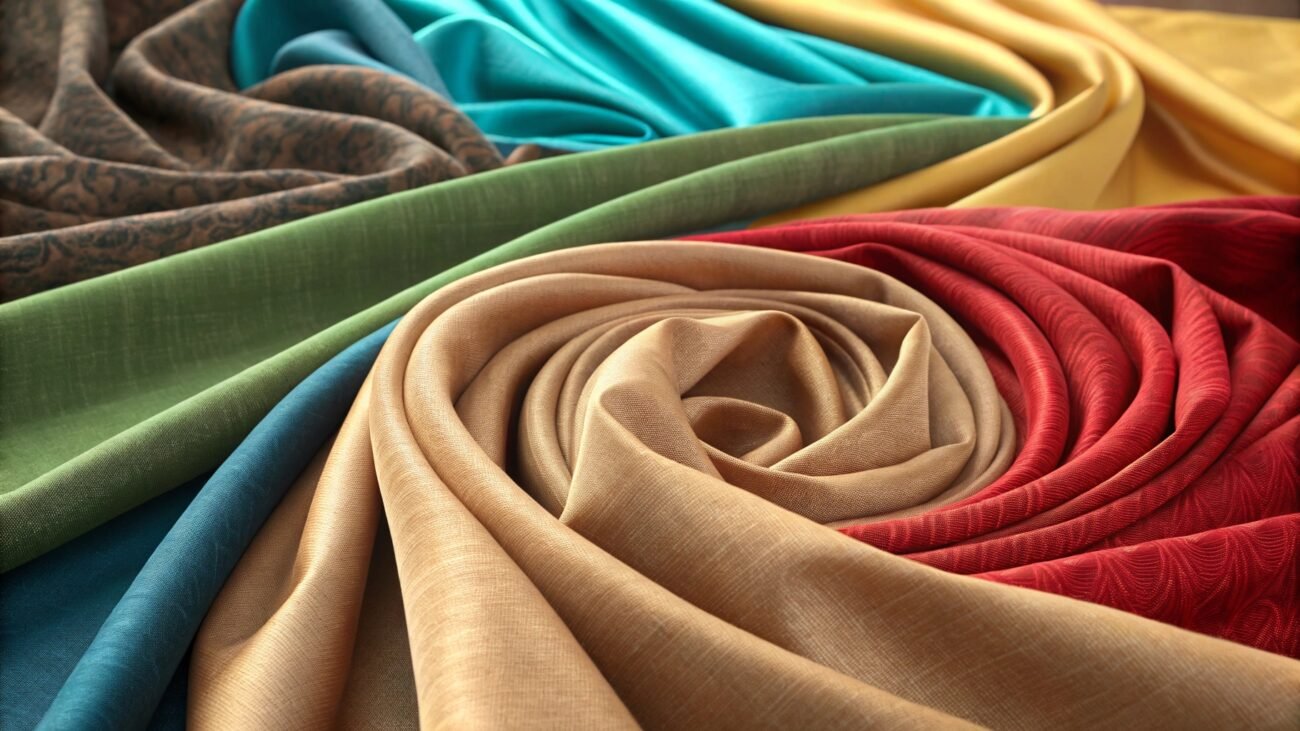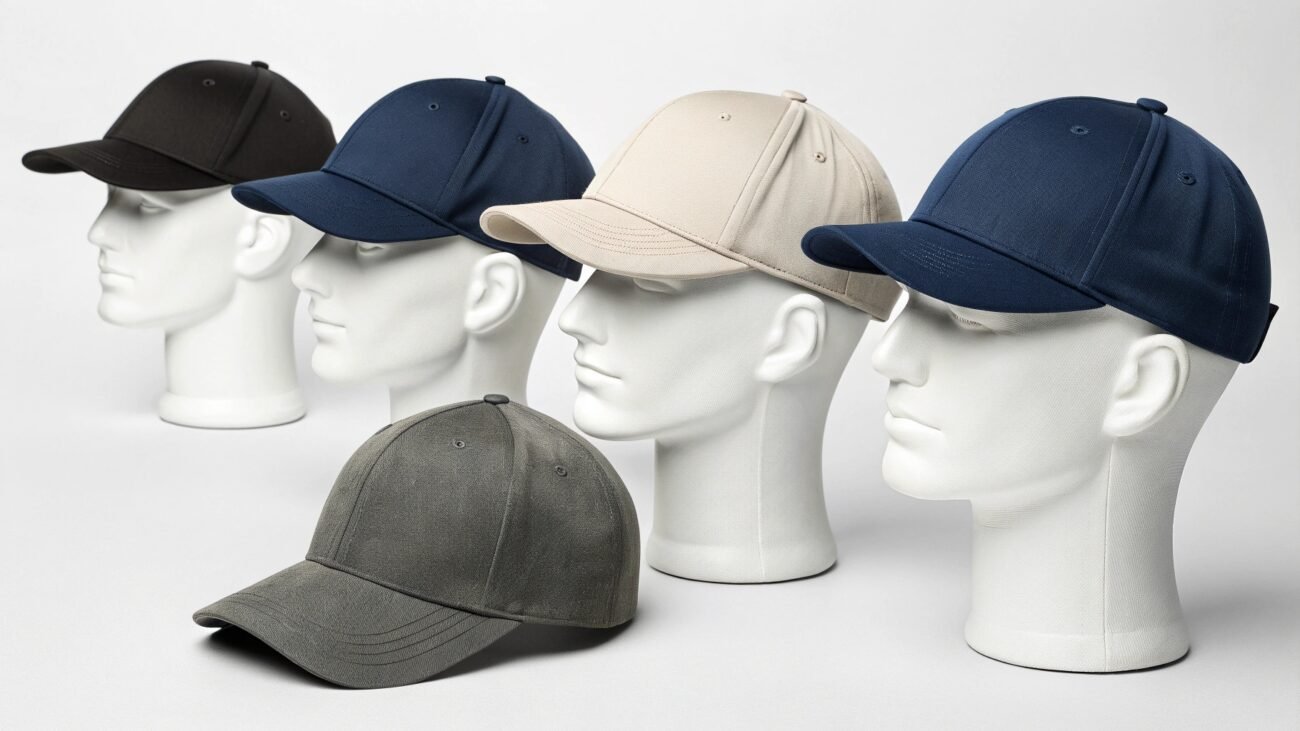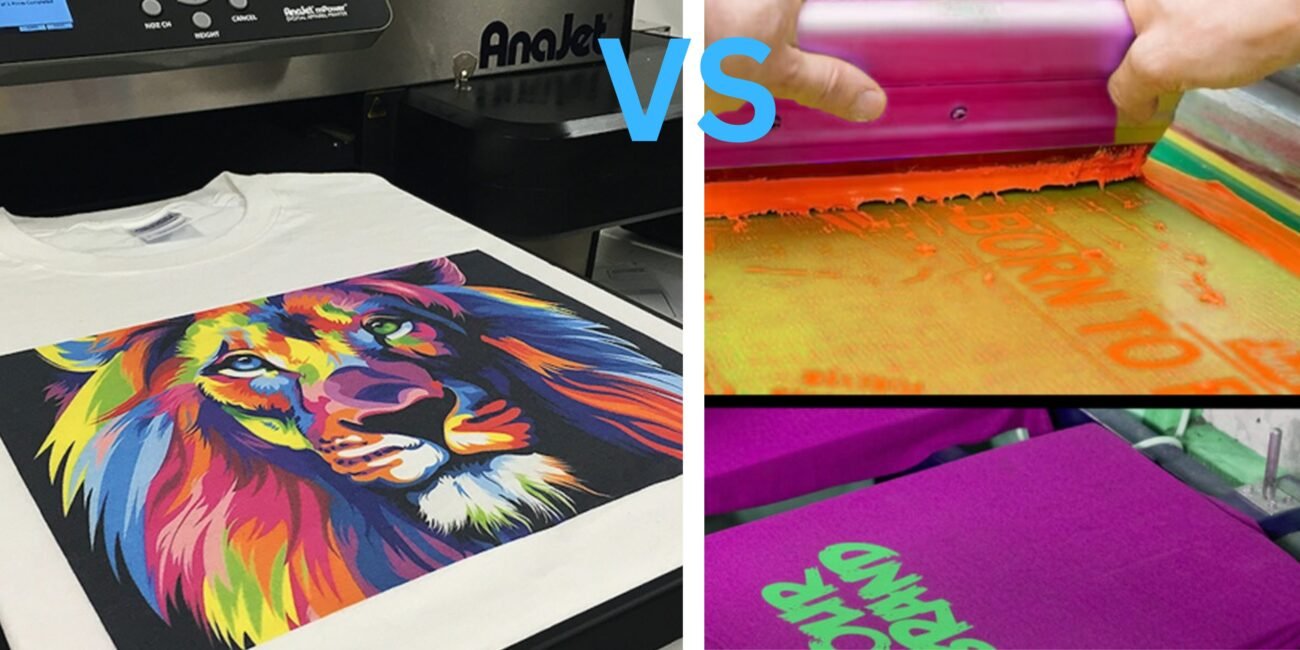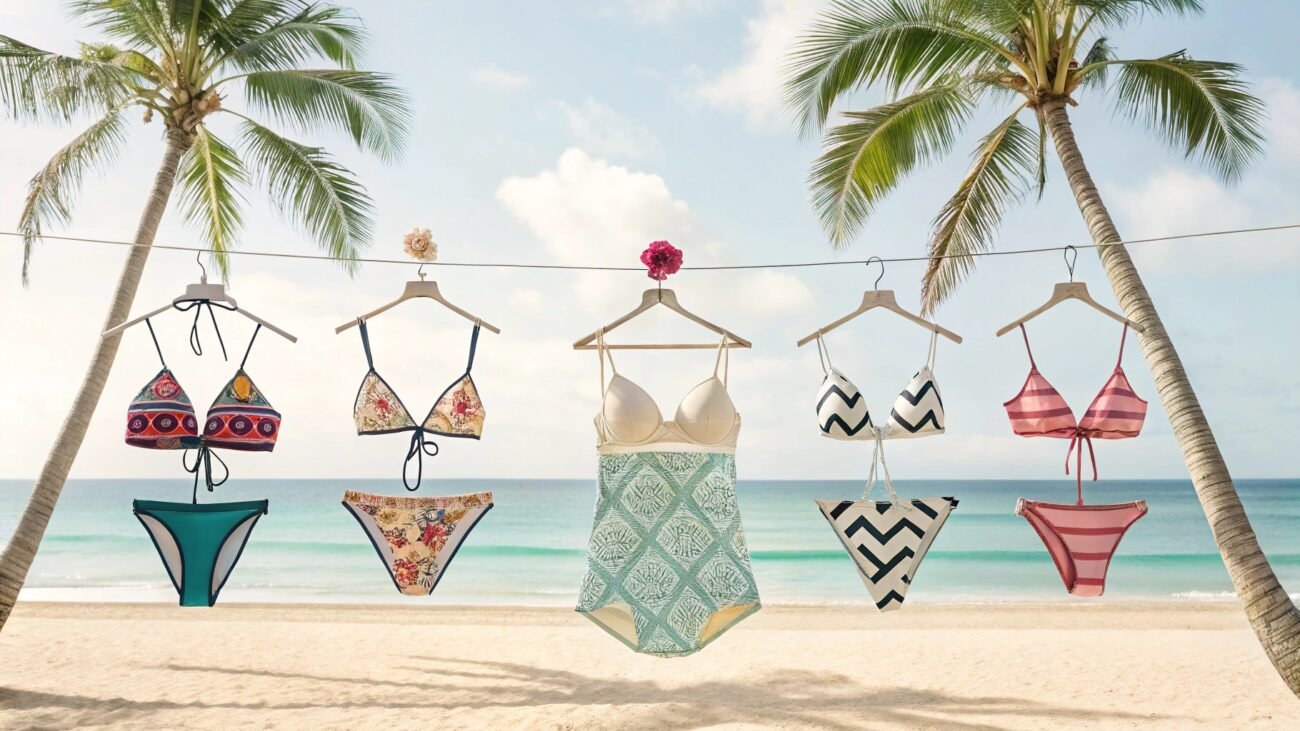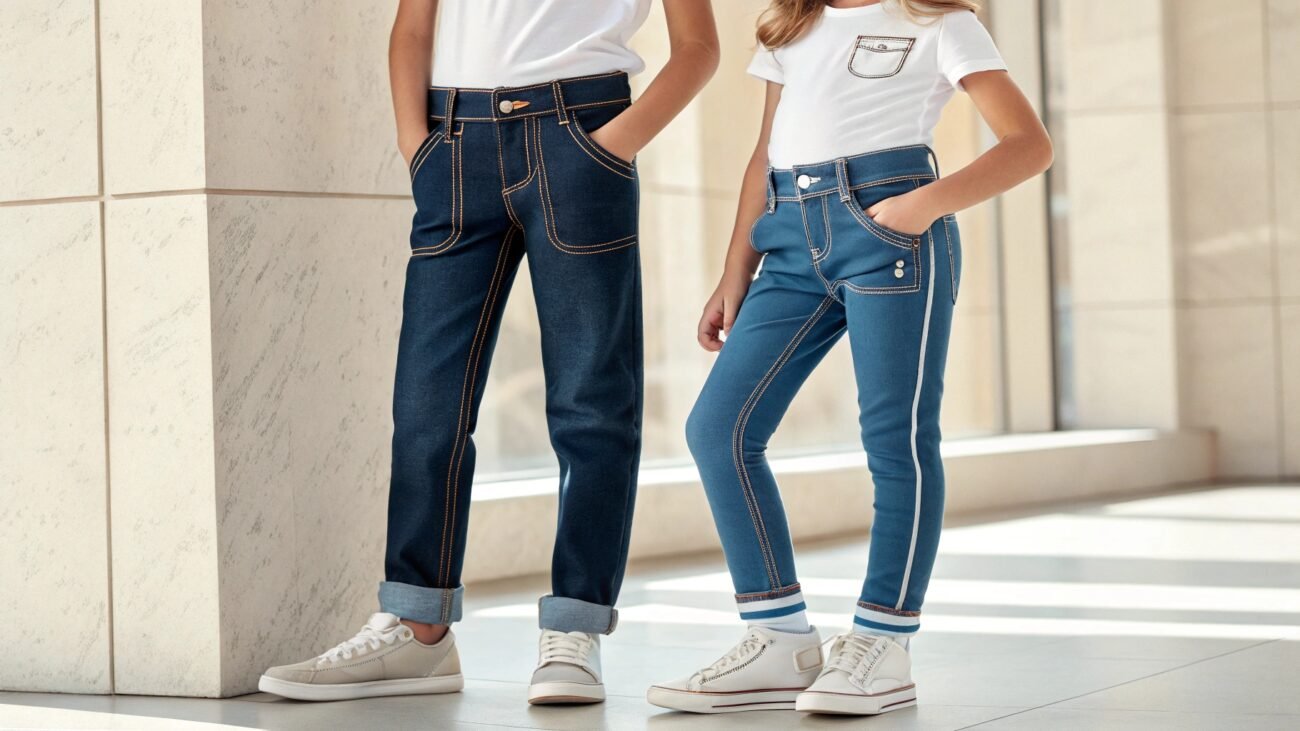Understanding different fabric materials and how they impart properties onto final garments can be serviceable not just for entrepreneurs but also for regular fashion enthusiasts. But how do you choose the best fabric for clothing amidst these too many options?
Table of Contents
ToggleThere can never be an altogether supreme fabric; rather, it depends heavily on the user intent and even the customer’s prerequisites that dictate the crown ship of best apparel fabrics. However, every high-quality material should have the following;
- It should be rugged & shape-retaining.
- Your chosen fabric should be affordable & reasonable quality
- It should be smooth and soft against the skin.
Read till last to know everything about textiles, ranging from all-time classics to fabrics best suited for custom clothing.
Why is it Crucial To Understand Differences in Textiles?
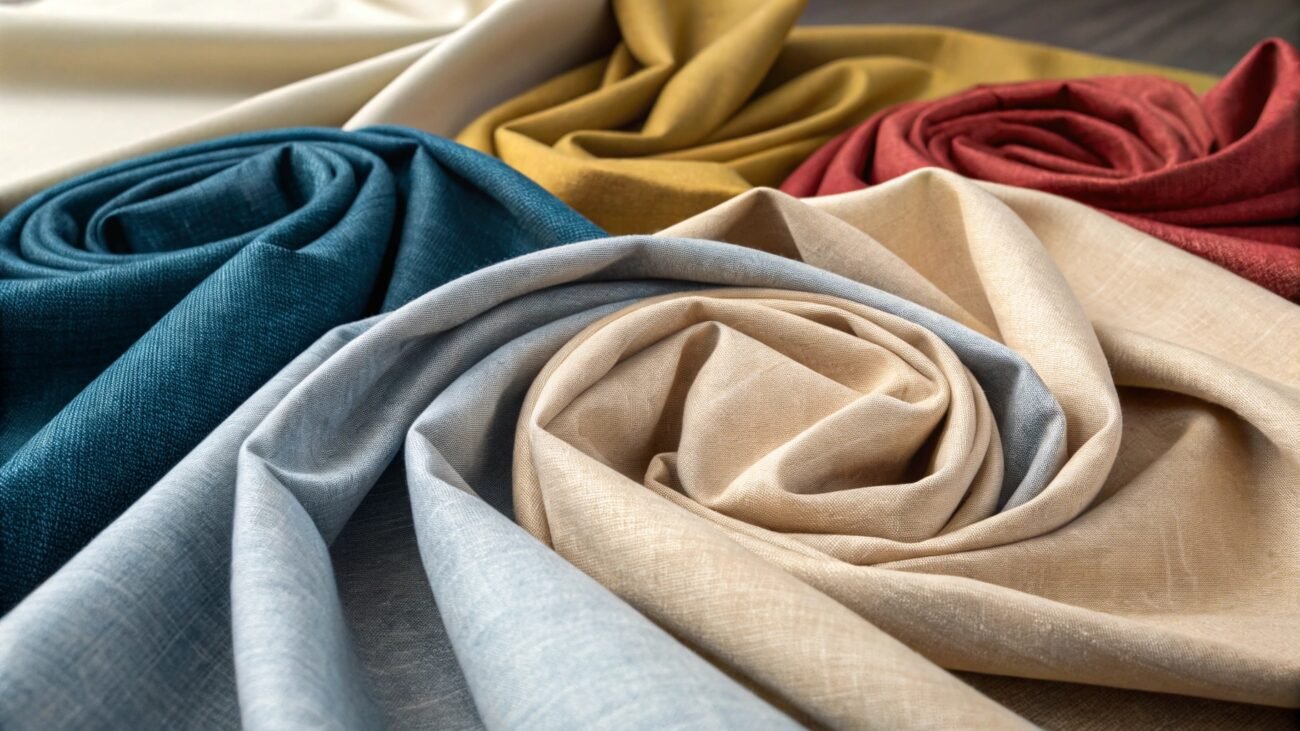
Imagine this: you are in the market looking for a budget-friendly premium t-shirt for the upcoming summer, and without thinking, you go for the one made with Poly-cotton, although breathable but not as suitable for hotter climates as shirts made from either Pima-cotton or linen.
Valuable-Read: Uncovering The Mystery: Best Fabric For T shirts
Many fabrics offer similar qualities, and it is very easy to make a wrong choice when choosing fabrics, no matter if you are a business person or a regular person trying to find the best clothes for your wardrobe.
This is why understanding how these materials differentiate is so necessary, as some options are highly specific for one feature while others may serve a plethora of functionalities.
Check out the table we have crafted to further explain what we are trying to convey:
| Fabric Type | Properties |
|---|---|
| Cotton | Breathable, Allergy-free, Lightweight |
| Linen | Lightweight, Durable, Breathable, Odor resistant |
| Polyester | Wrinkle-free, Highly resilient, Shape conserving |
| Nylon | Extremely durable, Shape conserving, Wrinkle and UV resistant |
By seeing the above information, what do you make of it? Suppose you whole purchase custom-printed underwears made with cotton for high airflow; then do you think you have made the right choice?
Well, if light weightness and gentle wearing experiences were your goal, then you have only managed to fulfil 50-70% of it. Had you gone with linen-made underwear, then you would have captured the true essence of comfort and experience.
Business Tip: However, your designed clothes should always be adaptable because, for longer financial viability, you need garments that serve the purpose but should also have room for higher profit margins. In the above scenario, instead of linen, you could have selected combed cotton for better serviceability.
High-Quality Apparel Fabrics to Know About
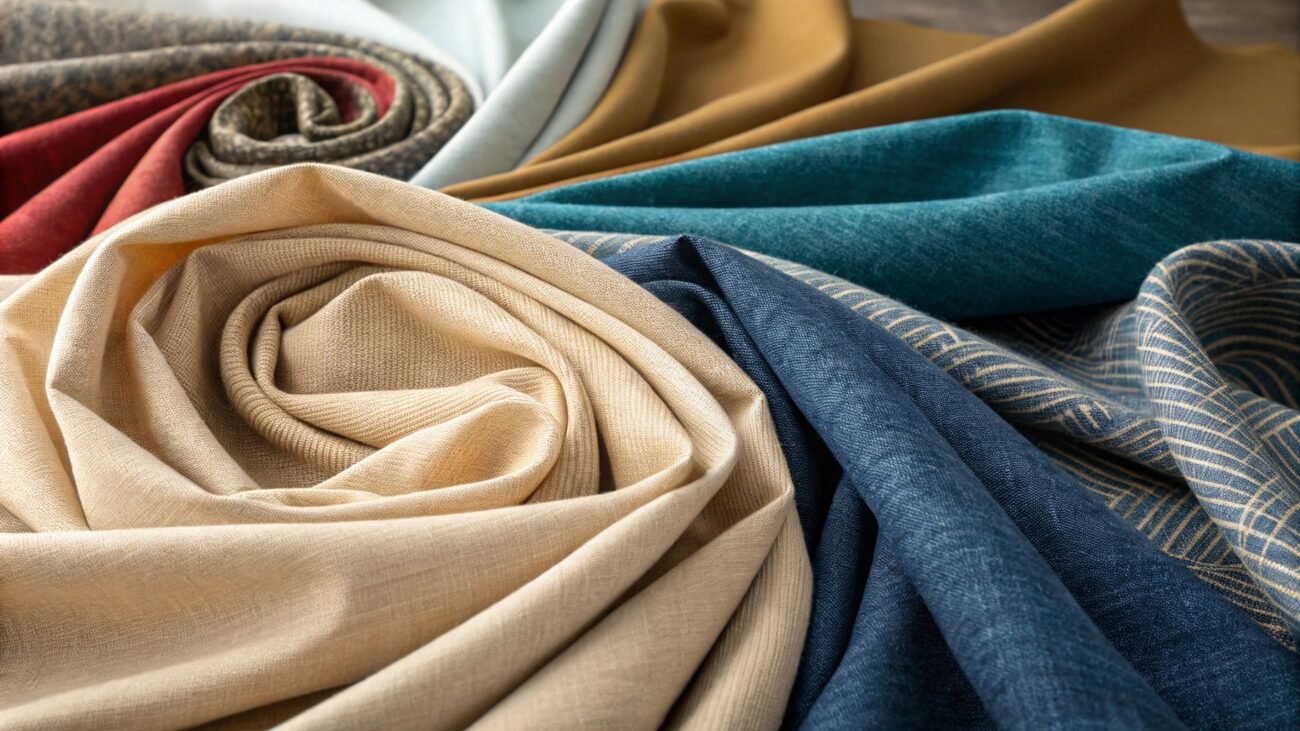
Below listed are top apparel fabrics used by many high-capacity manufacturers to design custom clothes. If you are thinking about starting your own clothing line but are concerned with high prices. Then, we highly encourage you to get in touch with PLCM as soon as possible for free quotations and minimum MOQs.
> Natural Textiles
Silk:
Controversial because of its sourcing but a luxurious fabric known for smooth texture, higher strength and hypology. Silk on its own has a natural shine and thermo-regulative properties, which adds up to its premiums. However, it can be marginally expensive.
Linen:
Linen is another organic fabric and is renowned for its lightweight yet higher durability and moisture management properties. It is often considered the best fabric material for clothes centred around summer wear style.
Cotton:
Cotton is versatile and soft. It is hailed as the best fabric for making clothes such as t-shirts, underwear and shorts. There are multiple variations of cotton available in the market today; some offer higher tear resistance while others provide a silk-like feel, which is excellent for a budget luxury wardrobe.
Wool:
Wool is a renewable fabric made by the first shearing of sheep’s fur. It has a natural resistance to odour and UV radiation and is very sustainable. Manufacturers these days are creating a wide variety of wool-based garments, such as socks and the finest tracksuits you can find.
| Natural Textiles | Best Garment Style |
|---|---|
| Silk | Blouses, Lingeries, Formal Wears |
| Linen | Skirts, Trousers & Jackets |
| Cotton | T-shirts, Jeans and Underwears |
| Wool | Hats, Performance wear & Blazers |
> Artificial Fabrics Options
Polyester:
One of the most widely used fabrics in modern apparel, polyester comes with plenty of functionalities, such as resistance to wrinkling and shrinking, along with respectable stretching, which makes it an excellent option for activewear clothing.
Why are Polyester blends so essential?
Polyester, if not blended, tends to fall short because of poor air permeability & odour retention.
Nylon:
Nylon is a type of synthetic polymer and features high tensile strength, which is the main reason why manufacturers such as PLCM use it to make their world-famous swimwears. Nylon is also robust and versatile.
- Some other attributes:
- Includes incredible wear-resistance and versatility
- Comes with its own setbacks such as susceptibility to melting and shrinkage.
Spandex:
Even if you are a tad bit enthusiastic about sportswear apparel, then you might also know about spandex. It is a type of synthetic fibre which, when implied correctly, offers very high elasticity in garments. Spandex or Lycra is also capable of shape retention and requires an effortless care routine (“Not washing in Hot Waster’).
> Semi-synthetic Varieties
Tencel:
Yet another fabric type often picked for summer wear due to its relaxed and porous nature, which keeps the wearer cool and dry. However, if not taken care of right then, Tencel, which is also called lyocell, can become prone to high wrinkling.
Modal:
Modal is often used in clothing like underwear, and t-shirts due to it’s:
- Soft & Silky texture
- Breathability
- Durable & resistant to wrinkles, pilling and shrinkage.
Guilt-free Experience:It is considered an eco-friendly alternative to other same-feel materials like silk and cotton. Even though semi-synthetic, it is biodegradable.
Rayon:
Want to make custom luxury feel clothes but constraints due to budget? Consider choosing rayon for your custom-designed t-shirts and casual activewear. It is made from wood pulp, which means its sustainability can not be questioned.
Rayon when implemented right can impart the following properties in finished garments:
- Tender & Excellent air flow
- Drapes beautifully on the body
- Color fastness & Moisture absorbency
> Fabric Blends:
Fabric blends such as 30:70 Poly-cotton and 95:05 Poly-spandex are very popular in today’s fashion industries as these blends have the most important traits any new entrepreneur looks for: affordability & good functionality.
These blends tend to majorly garner positive aspects from involved fabrics while adapting minimum setbacks, which is why its market is expected to reach USD 70.3 billion by 2035 with a rate of 5.94% CAGR. Cotton spandex, cotton linen, silk wool and linen rayon are some other standard fabric blends available in the market.
> Sustainable Alternatives
Bamboo:
Bamboo is often regarded as a wholly sustainable fabric because of the little to no use of pesticides and the minimal amount of water required for growth. Bamboo is equipped with natural anti-bacterial and anti-UV properties, and garments manufactured out of this fall under the label of “High leisure and Eco-sourced.”
Organic Cotton:
Unlike traditional cotton, the Organic version is grown without the use of pesticides and fertilizers. It is, without a doubt, a very slow process, but it produces a cotton fabric with perhaps the most softness. Despite what it may entail, it tends to fall short when its higher costs are concerned.
- See what reddit users are talking about sustainable fabrics
Comment
byu/SweetSangria2169 from discussion
inSustainableFashion
Best Fabric for Custom Clothing
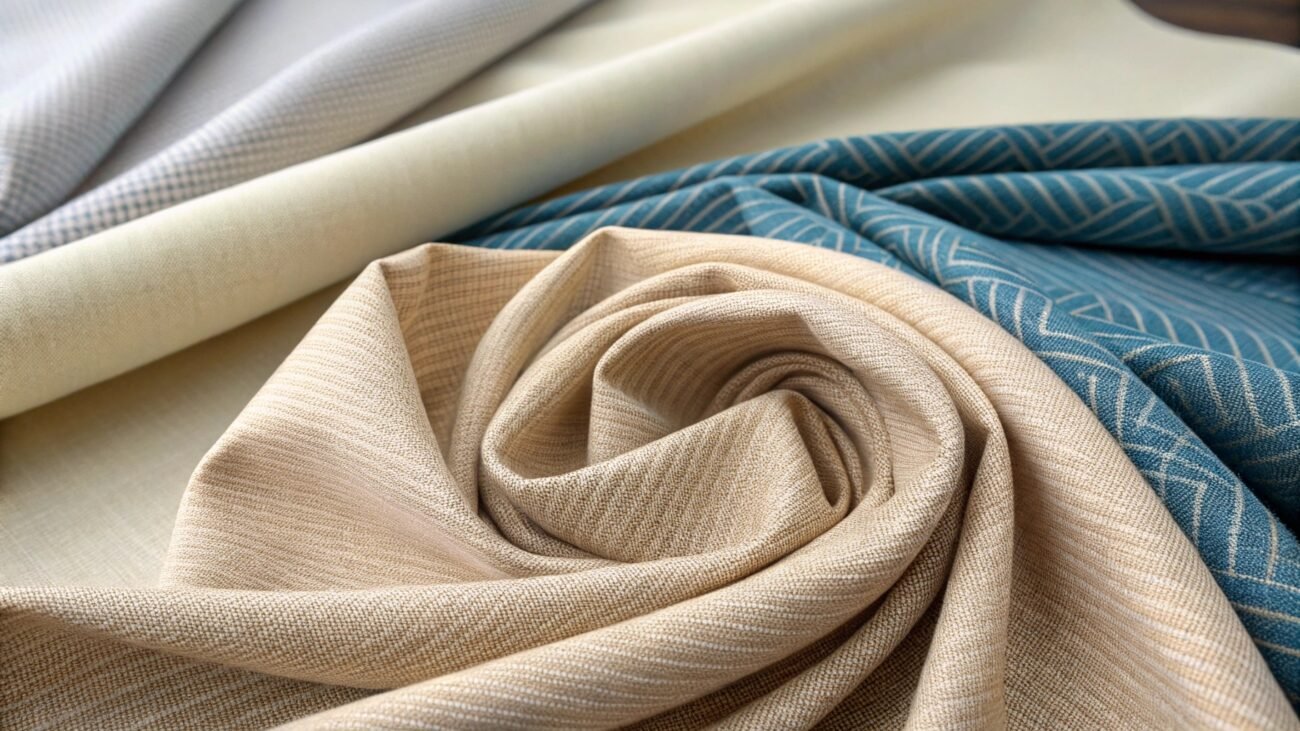
Before we get into this, you have understand that:
Not all fabrics have the potential for customization:
Although every fabric material is customizable, some are generally much more difficult to work with and require a higher skill set, which adds up monumentally in final prices. Fine silk, Lightweight knitted spandex and Canvas are not very malleable and are prone to errors like puckering damage and wavy seams.
Types of customizations in market:
There are many options available in the market, ranging from structural & style modifications to personalization and vogue designing, such as different fitting styles, collars & cuffs types, pockets & button placement, stitching techniques, embroidery for logos and designs, customs design printing using (sublimation, direct-to-film, vinyl transfers and screen printing), patches & appliques with various lining options.
Keeping all of the above-mentioned points in mind, we have crafted a table for your convenience explaining how some fabrics are best for vogue design and modernization.
| Textiles | Custom Garment Styles | Why does it Work? |
|---|---|---|
| Cotton | T-shirts, Leggings, Hats, Socks, Sweatshirts, Uniforms, Jeans, Shorts, Underwears & Tracksuits | Cotton is versatile Offers air porosity Feels light on skin Good printability |
| Linen | Shorts & T-shirts | Linen is odor-less Offers smooth experience |
| Polyester | Hoodies, Swimsuits, Hats, Socks, Jackets, Sweatshirts & Uniforms | Robust & holds prints for long time Affordable as well |
| Wool | Hoodies, Socks, Jackets & Tracksuits | Very versatile Color dyeing works great |
| Nylon-spandex | Swimsuits, Leggings & Leotards | Very stretchable & wrinkle-free Good color fastness |
| Rayon | Lingerie, Underwears | Rayon’s absorbent nature allows long-lasting prints. Very soft & malleable |
| Poly-cotton | T-shirts, Hoodies, Jackets, Sweatshirts, Uniforms & Shorts | Breathable & strong Compatible with most printing options |
| Poly-spandex | Leggings, Socks, Jackets, Leotards & Lingerie | Highly flexible and snug fitting Strong & holds colors well |
If you carefully note the placement of garments against fabric type, then you would see a trend that whichever garment either has to be lightweight & soft or stretchable & durable is only in conjunction with the same qualities providing fabric.
Thinking about starting your own clothing line? Give this blog a read.
Click Here: How to Choose the Right Fabric for Your Private Label Clothing Brand
Starting Your Own Clothing Brand Is Not Hard!
Private label clothing manufacturers aim to provide exceptional quality products with MOQs as low as just 50 pcs.
Other Material Factors Influencing The Final Feel of Garments
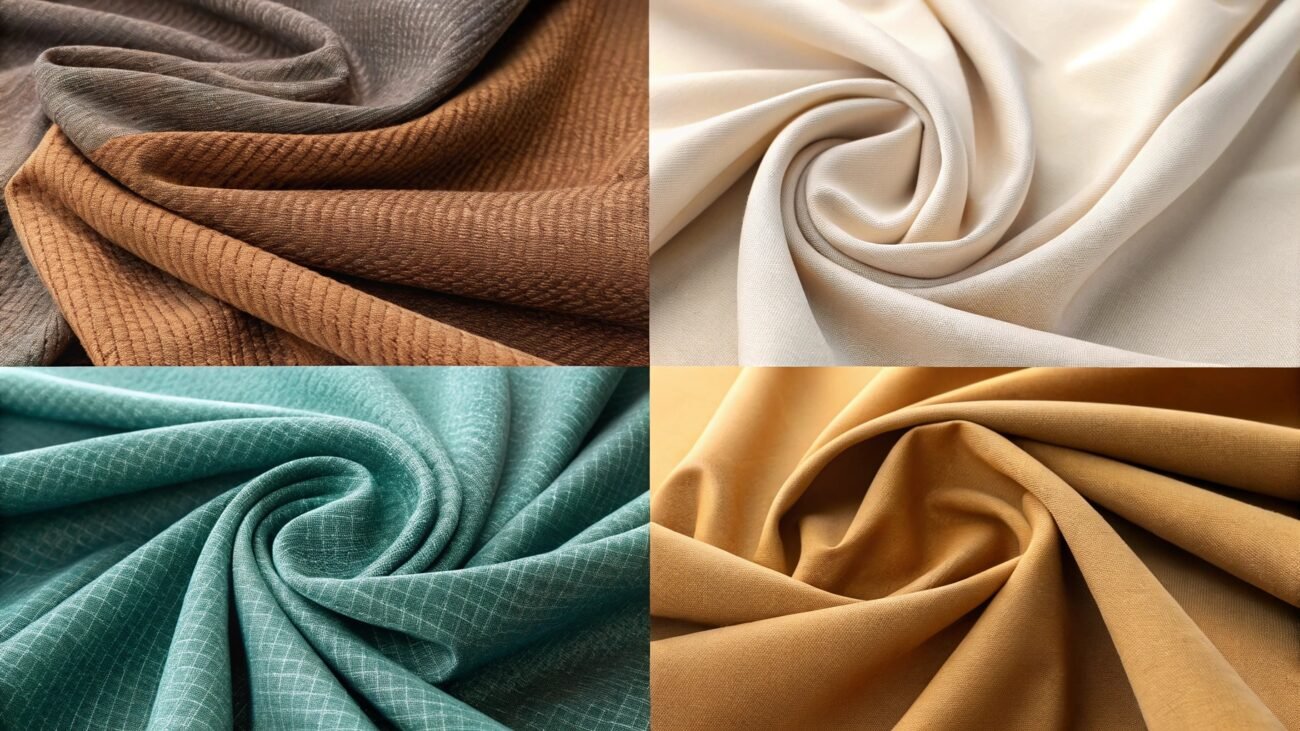
When it comes to selecting the best textile for garments, the phrase “more to what meets the eye” is a perfect fit. There are many other factors other than the fabric material itself that contribute to the final feel of garments, and funnily enough, it is about the characteristics of said fabrics.
- Fabric construction means how fibres are interlaced to form the fabric, different woven techniques result in different sub-types of garment. For example, we have twill cotton, which is woven, and combed cotton, which is first spun around and then combed to remove imperfections.
- Fabric’s GSM is also significant when making clothes. Fabric materials come in various thicknesses and weights, which can result in different garments altogether. Suppose you want to make premium wool hoodies that are light and a little porous, but you choose higher gsm fabric, resulting in the product not being what you imagined it to be.
- Fabric’s Texture is also very important. You may have seen different linen shirts: One may have a lustrous feel while the other has a washed-out feel to it; it is all because of the formulation of pure linen and cotton blended linen. So, depending on the envisioned clothes, be attentive to textures as well.
Conclusion
There are many fabrics being utilized in the industry right now, but deciding the best fabric for apparel is a personal endeavor depending upon needs, paramount customization and budget.
However, if you manage to understand the basics of different materials and why they differ. Then, you can easily make a respectable choice regarding your fashion line-up or daily life wardrobe.
FAQs
1) What are some of the best fabrics for fashion designs?
Pure Cotton, Silk and Premium polyester blends are widely considered best for fashion designs. However, depending on your design, you can explore other options as well.
2) What are some of the best fabrics for sportswear or activewear?
Spandex-based Polyester and Nylon are excellent for clothes that require high activity support owing to their durability, stretch factor and quick-drying properties.
3) Are natural fabrics better than synthetic ones?
No, not necessarily. It marginally depends on the type of garment being made; for clothes that have to be soft and gentle, natural fabric is preferred, and similarly, synthetic ones are the choice for clothes that have to be rugged and tough.

